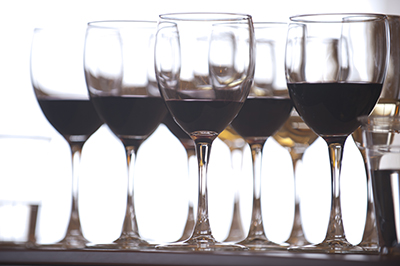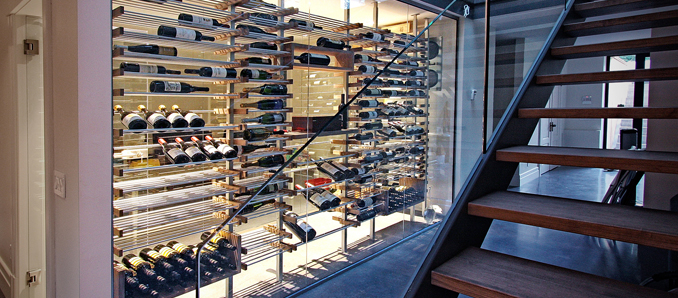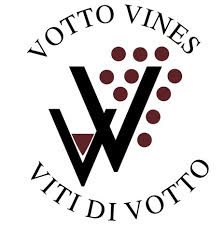By Mark Angelillo
We are firmly entrenched in the era of globalization, and the exchange of culinary ideas has reached a fever pitch. Both casual and fine dining are the cornerstones of entertainment for millions of Americans. Meanwhile, celebrity chefs inspire new generations of home cooks to think outside the box. This zeal for culinary traditions and trends has laid groundwork for wine pairing as a true art form. New generations of wine consumers are thirsty for the perfect wine to go with the latest, hippest dish – both in the restaurant and at home. This has created heretofore unseen opportunities in wine marketing and promotion. ProWein, the world’s leading trade fair for wines and spirits, is the ultimate gathering place to unlock these opportunities.
Restaurant Culture is Born
The growth of restaurant culture in the United States stretches across the twentieth and twenty-first centuries. Restaurants in major US cities began popping up in the mid-1800s – but what began as standard fare diners evolved into fine dining, mostly inspired by French cuisine. A wine menu from The Mouquin Restaurant & Wine Co. in New York City, dated August 1892 (available for viewing at the New York Public Library), is heavy with bottles from Bordeaux and Burgundy. There are some Champagnes, plus a few selections from the Rhine and Mosel in Germany. This would be the state of most wine menus throughout the early 20th century, but tastes were destined to evolve.
The Wine and Food Society, later the International Wine and Food Society, was founded in 1933 by André Simon in London. It was a strange idea at the time, grouping wine and food together in this way, but Simon laid the foundation for what has become a standard operation – sequencing wines across a multiple-course meal in the context of well-prepared dishes. In 1934, André traveled to the United States where he founded branches of his organization in New York, Chicago, Boston and San Francisco. All branches continue to operate today, and the societies have helped to spread the notion that wine should be a meal-time companion.
Curiosity about the contextual use of wine and food continued to grow in the mid-to-late twentieth century. The Court of Master Sommeliers was established in 1977, and the International Sommelier Guild was founded in 1982. These organizations created a pool of certified specialists, now in demand by restaurants looking to expand their wine programs. A new professional tier was thus created in the wine industry. Sommeliers and wine specialists continue to broaden palates by creating thoughtful wine selections from around the world. These days, a restaurant’s wine list is a fundamental component of its success. Consumers demand it and the right wine list can be as sought after as a menu.
Wine & The Home Cook
The way we cook at home has changed over time, too. New immigrant populations moving to the United States during the twentieth and twenty-first centuries brought new dishes and wine pairing ideas. Recreational travel has become a de facto part of American life for many, inspiring vacationers to bring culinary discoveries from abroad back to their home kitchens. Gourmet cooking became so popular in the 1970s that appliance brands like Sub-Zero Wolf began to create higher-performance appliances for home cooking, and that trend has continued.
The rise of entertainment media also created new opportunities for wine and food at home. Beginning in 1963, Julia Child invited housewives across the country to experiment with pairings. She dedicated entire episodes to various types of wine (mostly French and German) and how best to pair them. A new generation of television chefs followed in her footsteps, arming home cooks with the confidence to try new things. Print media followed suit, as the nation’s interest in wine and food continued to grow. Wine Spectator was founded in 1976. Food & Wine followed in 1978. These publications continue to exist, along with the hundreds of thousands of wine pairing articles on the internet published by bloggers around the world.
The New Opportunities
All of the above discussed factors, along with cable television and social media, have intensified our collective interest in wine and food. The Food Network alone garners over 17 million US viewers per month, and the trendiest wine and food pairings are just a few keystrokes away on Facebook, Twitter, and Instagram. New culinary experiments spread like wildfire across the internet on a daily basis, from cauliflower crust to cronuts. The competition for Likes and clicks is fierce – and so, the more outlandish and unique your dish, the better. Now more than ever, people have the ability to create high-quality photos of their food and drink pairings. And these photos will be shared again and again.
Wine brands and regions continue to benefit from our intensifying interest in culinary trends. Research by the National Restaurant Association suggests that local-sourcing and farm/estate-branded food items will continue to trend in 2019, which provides excellent opportunities for producers to present their wines in the context of terroir.
Consumers also turn to celebrity chefs as guides to the perfect wine pairing. The United States continues to mourn the loss of Anthony Bourdain, who heaped praise upon small, biodynamic wine producers. He also expressed a fondness for drinking young wines. It’s no wonder we see these preferences play out across consumer groups. Anthony Bourdain is just one example of a celebrity chef, or sommelier for that matter, who has influenced tastes.
Many wine regions have partnered with key chefs, sommeliers, and wine experts to speak on behalf of their wines, while a growing number of regions are employing “food-forward” marketing approaches. The Spanish region Rías Baixas recently executed a virtual tasting event entitled, “Your Holiday Pairing Companion is Albariño”. Forty journalists tuned in and tasted along with James Beard Award-Winning Chef Lyn Farmer.
The golden wines of Bordeaux, those that fall into the late harvest category, tapped Master of Wine Mary Gorman-McAdams to discuss how the wines can be paired with salty, spicy, and savory dishes during recent virtual tasting event. Forty journalists tuned in to taste along with a specially designed pairing pack.
Sponsored wine dinners are another way that regions are participating in culinary trends. The Long Island Wine Council hosts events for consumers to taste their wines paired with dishes from a variety of culinary cultures – from Native American, to Polish, to the United Kingdom and more.
Regions and brands around the world are using our thirst for culinary trends to underscore their wines in new ways. Featuring over 6,800 exhibitors from around the world, ProWein is the ideal place to exchange ideas and best practices to achieve the ultimate, underlying goal – get more people drinking more wine, even and especially when it’s paired with the right food.
Author:
Mark Angelillo co-founded Snooth.com over 10 years ago with the goal of organizing the world of wine information. Although a software engineer by training, he has reviewed thousands of wines and regularly hosts tasting, wine events and dinners.








